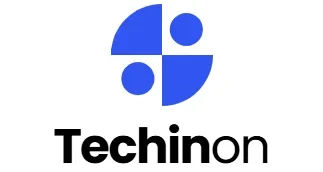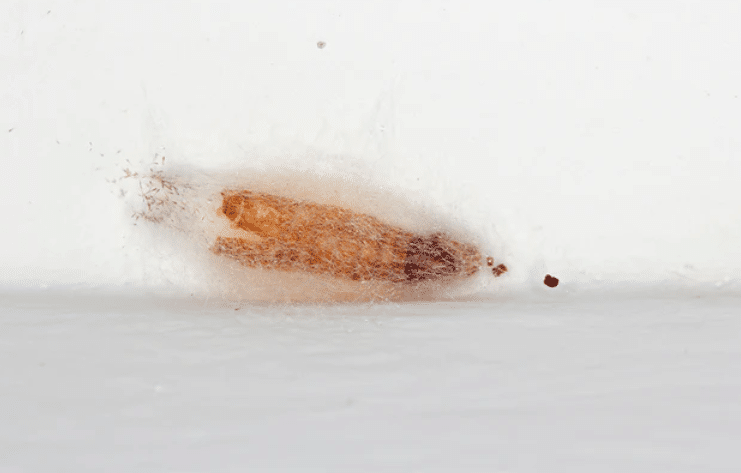Introduction
Mouth larva resulting from Chrysomya bezziana within the anterior maxilla is an extraordinary but doubtlessly critical situation that may have great implications for affected people. Chrysomya bezziana, additionally called the old world screw-worm fly, is a parasitic insect which can infest the oral hollow space and cause myiasis, a condition characterized via the infestation of residing tissue by fly larvae.
While the larvae of Chrysomya bezziana infest the anterior maxilla, they are able to lead to a number of symptoms and complications, necessitating prompt prognosis and treatment to mitigate the impact on the patient’s fitness.
Causes and Symptoms of Infestation
The infestation of the anterior maxilla through Chrysomya bezziana larvae normally occurs as a result of bad oral hygiene, open wounds, or other predisposing factors that create an surroundings conducive to fly infestation. The fly deposits its eggs within the affected area, and the hatched larvae then feed at the residing tissue, leading to tissue destruction and potential secondary infections. within the case of the anterior maxilla, the infestation can result in signs consisting of ache, swelling, foul scent, and the presence of seen larvae or discharge inside the oral cavity.
Diagnosis of Mouth Larva Infestation
Diagnosing mouth larva due to Chrysomya bezziana inside the anterior maxilla calls for an intensive medical exam, such as a detailed patient history and a comprehensive evaluation of the oral cavity. Imaging research, which includes X-rays or computed tomography (CT) scans, can also be utilized to visualize the volume of tissue involvement and the presence of larvae. Moreover, laboratory checks, together with the identification of the larvae, can aid in confirming the analysis and guiding suitable treatment strategies.
Treatment of Mouth Larva Infestation
Treatment of mouth larva caused by Chrysomya bezziana inside the anterior maxilla entails the prompt removal of the larvae and the implementation of measures to deal with tissue harm and prevent secondary infections. The larvae can be manually extracted from the affected place below local anesthesia, and any necrotic tissue may additionally want to be debrided to promote restoration. Antimicrobial therapy may also be indicated to cope with bacterial infections as a result of the infestation.
Surgical Intervention and Follow-Up Care
In a few cases, surgical intervention can be essential to manipulate full-size tissue harm or to reconstruct the affected area following larval removal. Near monitoring of the patient’s situation and ordinary observe-up critiques are important to make certain a successful decision of the infestation and to cope with any lingering headaches.
Preventive Measures and Public Health Education
Preventive measures are also critical in coping with mouth larva because of Chrysomya bezziana inside the anterior maxilla. This includes preserving desirable oral hygiene, specifically in people with compromised immune systems or those residing in regions where the infestation is regularly occurring. instructing at-chance populations approximately the risk elements for myiasis and the importance of in search of activated medical attention in the occasion of suspicious symptoms can assist lessen the incidence of infestations.
Psychological and Social Impact
The impact of mouth larva caused by Chrysomya bezziana within the anterior maxilla extends beyond the bodily symptoms, as affected people might also revel in psychological distress and social stigma associated with the circumstance. Therefore, presenting comprehensive help, which include mental counseling and social services, may be instrumental in addressing the holistic desires of sufferers suffering from this infestation.
Research and Future Strategies
Furthermore, research efforts geared toward know-how about the epidemiology, pathogenesis, and remedy strategies for mouth larva caused by Chrysomya bezziana inside the anterior maxilla are vital for improving affected person results and developing powerful preventive measures. This includes investigating the factors contributing to the unfolding of the infestation, figuring out capacity vectors, and exploring novel treatment modalities to fight this parasitic circumstance.
Also Read: Do I Have a Stress Fracture? Quiz
Conclusion: Multidisciplinary Approach to Management
In the end, mouth larva resulting from Chrysomya bezziana inside the anterior maxilla is a hard condition that calls for a multidisciplinary method for effective control. timely diagnosis, spark off larval elimination, and comprehensive supportive care are essential additives of the remedy strategy.
In addition, preventive measures, public fitness projects, and studies efforts play a crucial position in addressing the wider implications of this infestation and improving the overall management of myiasis due to Chrysomya bezziana. By addressing the scientific, psychological, and social aspects of this circumstance, healthcare specialists can paint a picture towards improving the proper well-being of affected people and minimizing the impact of this parasitic infestation.
Related topic: Shope papilloma virus
Iva Ort is an ingenious wordsmith and captivating blogger whose tales leap off the screen and into your imagination. With a pen as her wand, she weaves enchanting stories and insightful articles, leaving readers spellbound and craving more.

